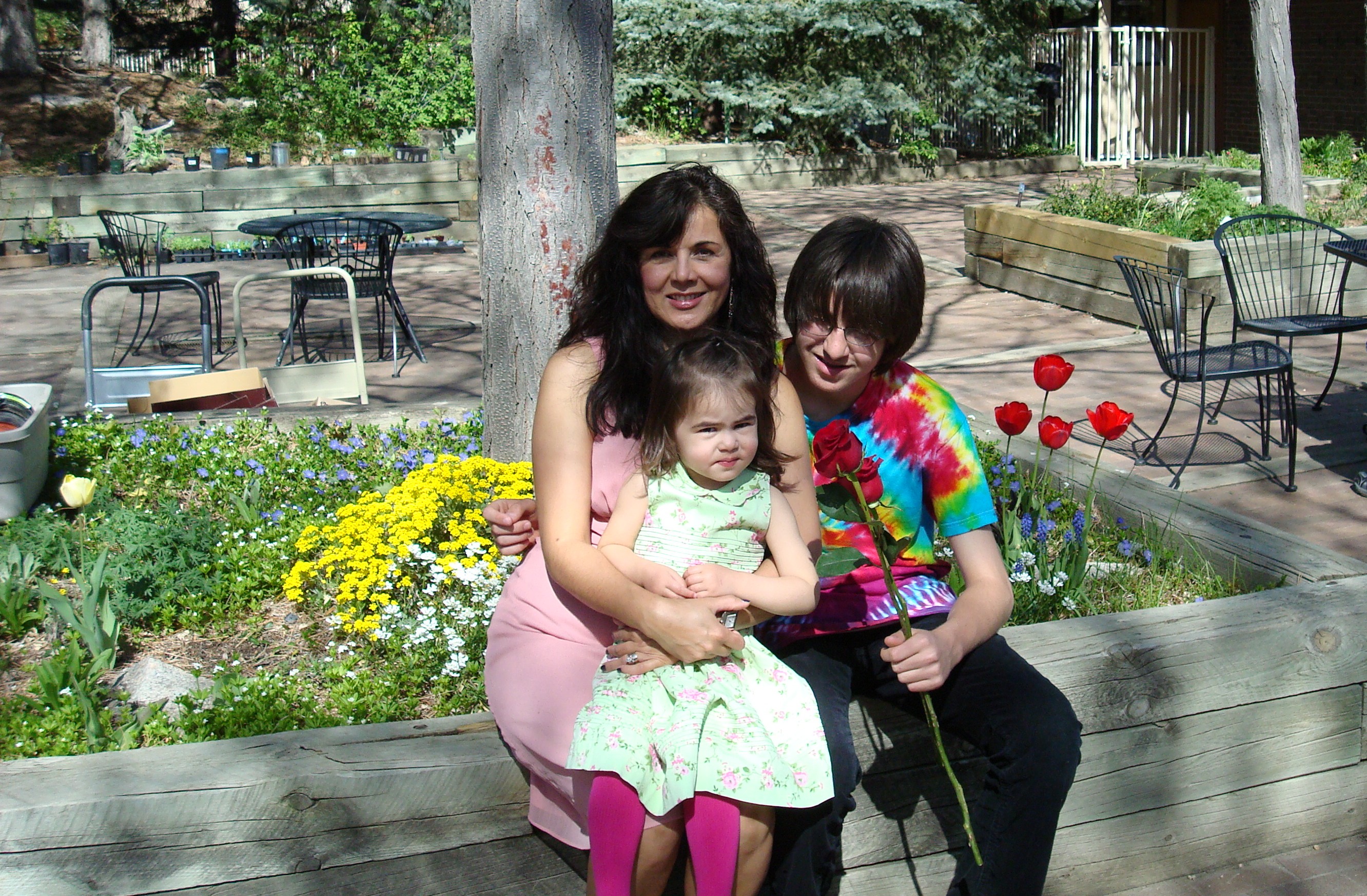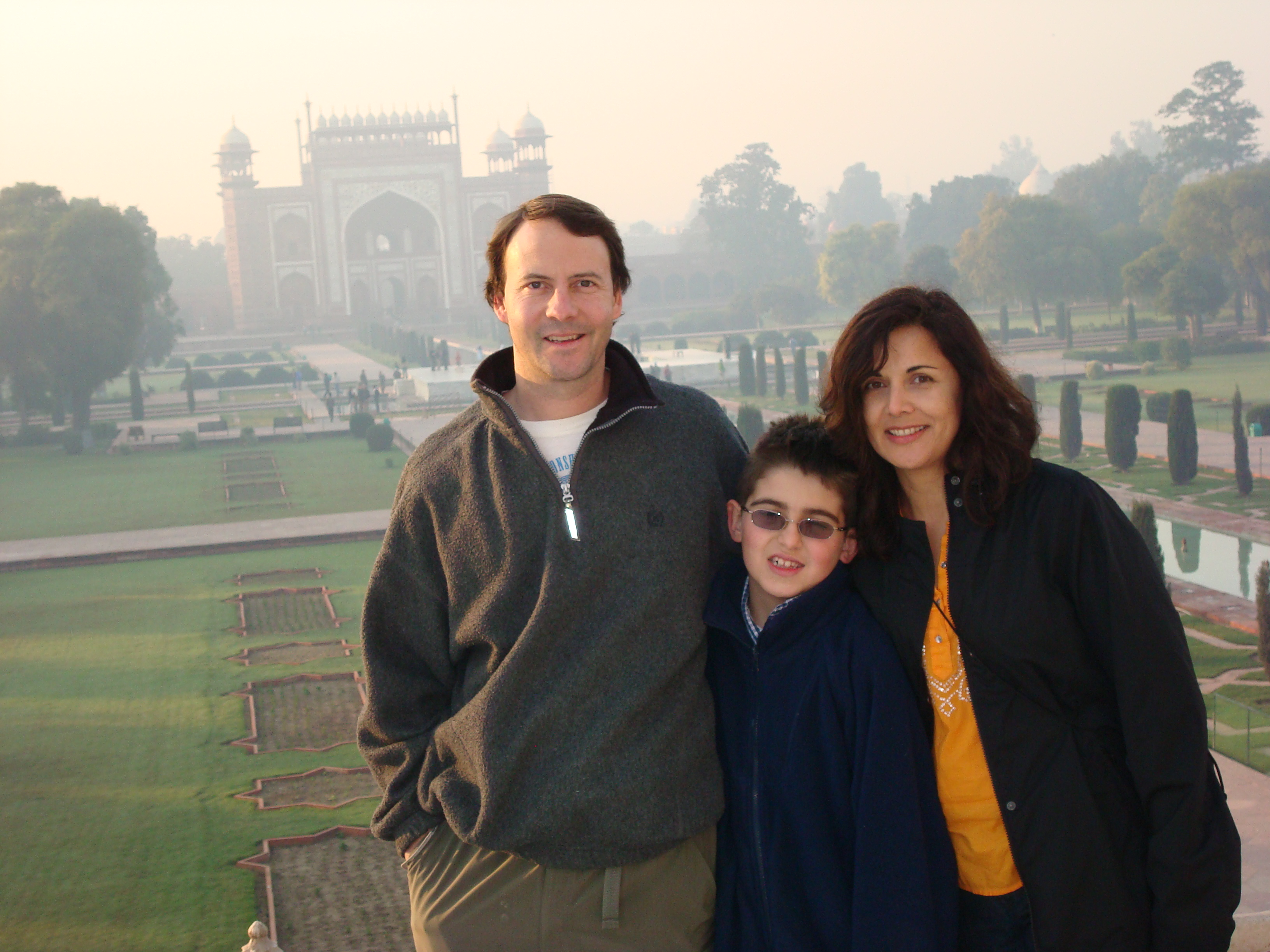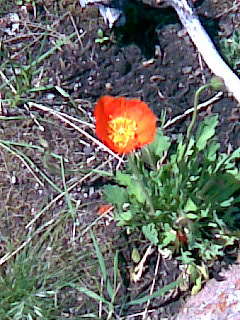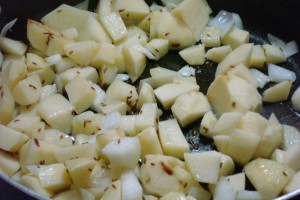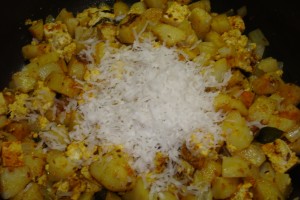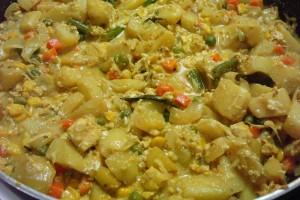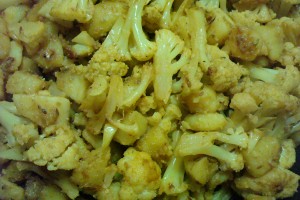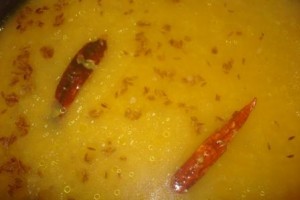 “It Felt Love. How did the rose ever open its heart and give to this world all its beauty? It felt the encouragement of light against its being. Otherwise, we all remain too frightened. –Hafiz
“It Felt Love. How did the rose ever open its heart and give to this world all its beauty? It felt the encouragement of light against its being. Otherwise, we all remain too frightened. –Hafiz
In Hindu mythology, Ganesha, Lord of Overcoming Obstacles, is the god with the elephant head and human-like body. He is the son of Shiva and Parvati. Ganesha is wise and jovial, often impulsive and sometimes careless, but always filling the world around him with laughter and joy. He loves to dance, eat sweets and he rides a tiny mouse, Mushika. Problems and obstacles disappear when he is near. Often depicted with four or more arms he carries a combination of these tools:
* a goad–a type of handheld spur used by elephant drivers that symbolizes good judgment that leads to good action.
* a noose to snare obstacles and sweep them out of the path of people”
* a sweet dumpling or modaka that is a symbol of joy
* an assortment of weapons: swords, bows and axes
* a broken tusk which represents sacrifice
* different fruits such as mangoes and pomegranates that represent abundance and prosperity.
Traditionally people ask for Ganesha’s blessing before a journey, a new job or venture. Known as the master of dance, Ganesha’s gesture of blessing, the abhaya mudra, means “Be not afraid.” In one story where Ganesha is called for help, he meets a demon that is about to take over the world. Ganesha tells the demon, “You are taking up far too much space on this mountain.” Then he swallows the demon, bringing the world back to balance and harmony.
Our own demons and obstacles can have the same impact on our lives. When we are focused on our problems and feeling closed down, there is not space for feelings of joy, appreciation and gratitude for the good things in our lives.
Sharon Salzberg writes in her book Loving-kindness, “The difference between misery and happiness depends on what we do with our attention.”
As in Ganesha’s world, our problems and obstacles can be overcome as we direct our attention to aspects in our lives that bring us joy and inspiration and to the practices that connect us to our own ability to love ourselves and others. It comes down to our ability to focus inward, listen and put our intentions into action. This takes discipline, courage and the desire to move towards what keeps our hearts and minds open.”
I have thought about the image of Ganesha when I felt there were issues to overcome. Visualizing him or looking at a symbol of him allowed me to harness the ability to overcome. Perhaps he is a symbol you can incorporate in your life as well.
Source: Eastern Sun Yoga



